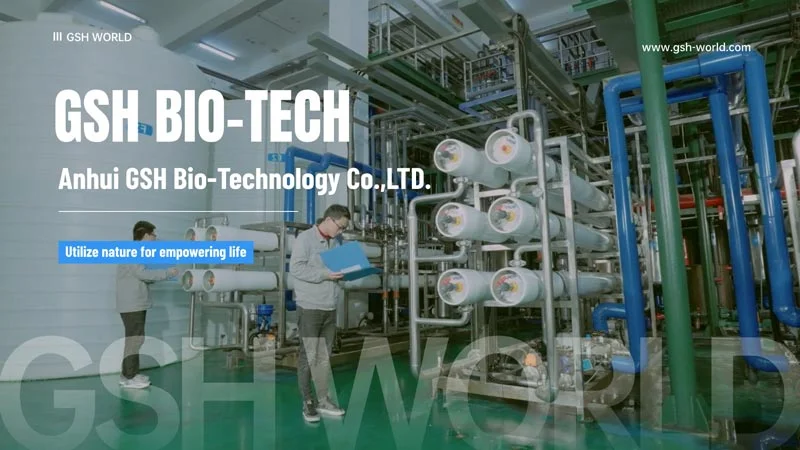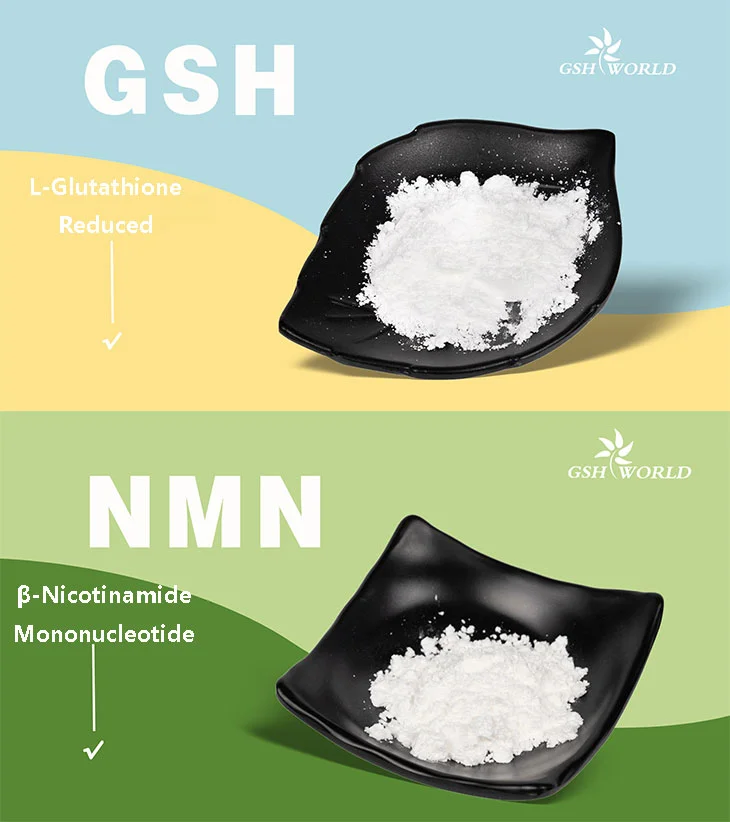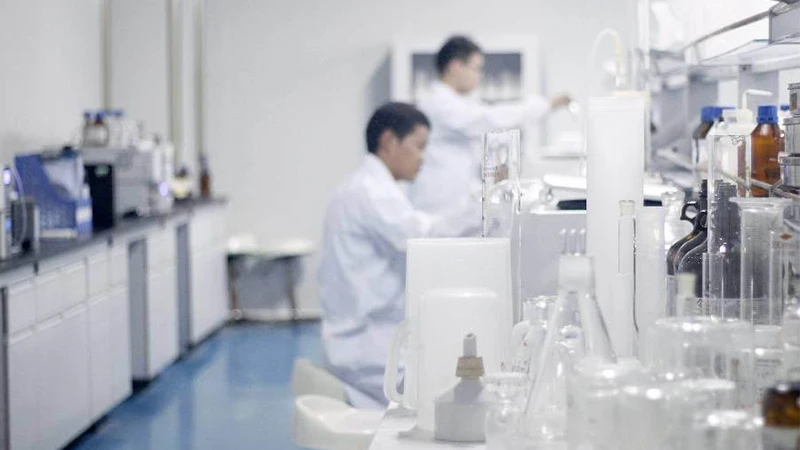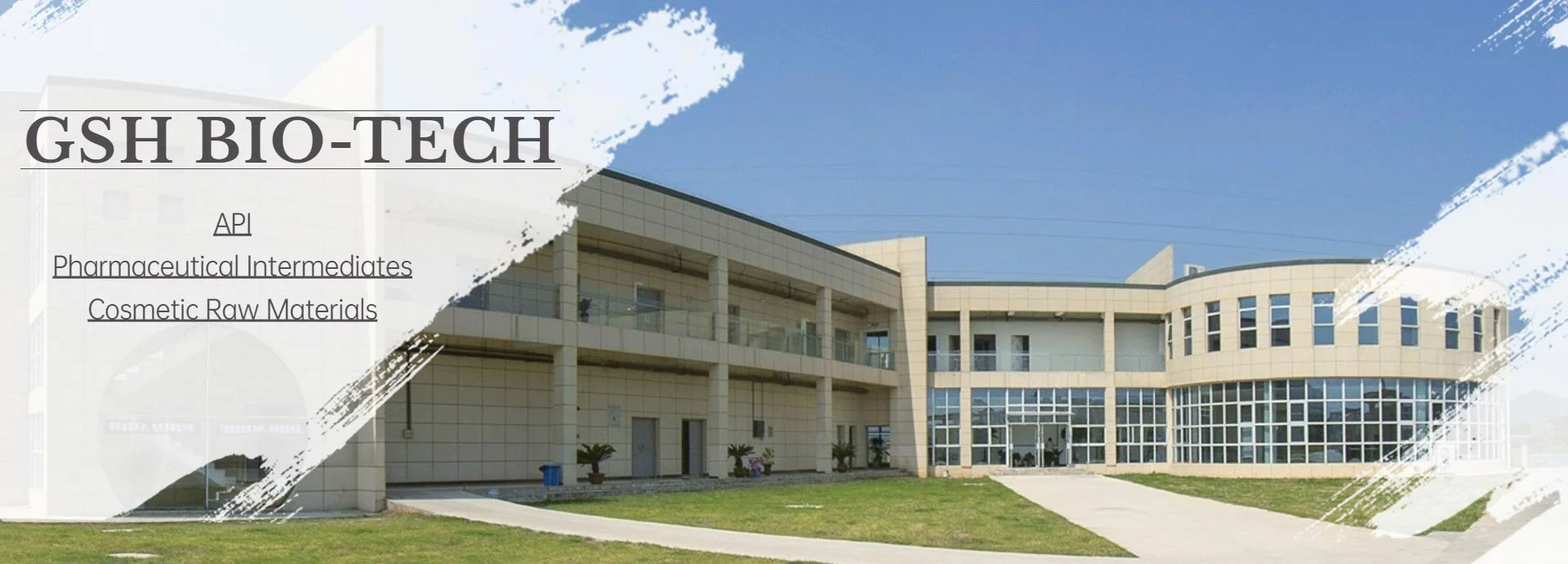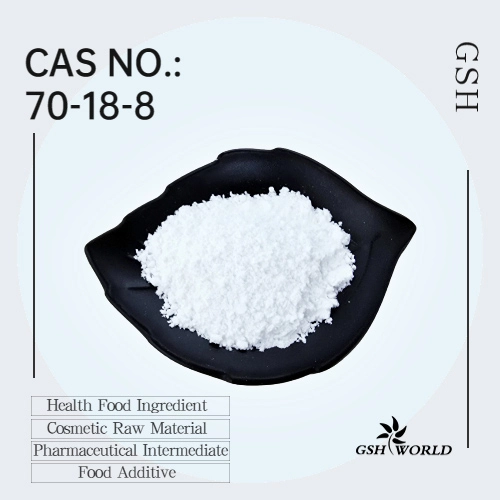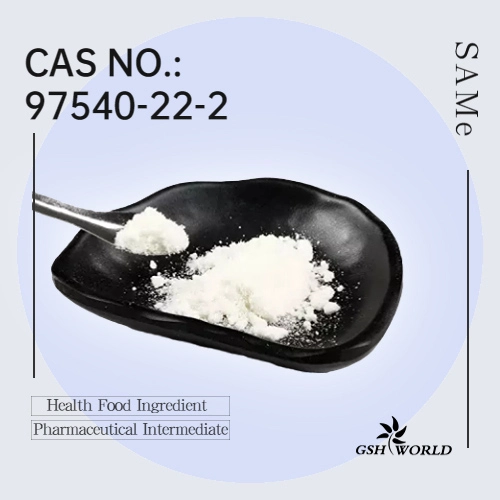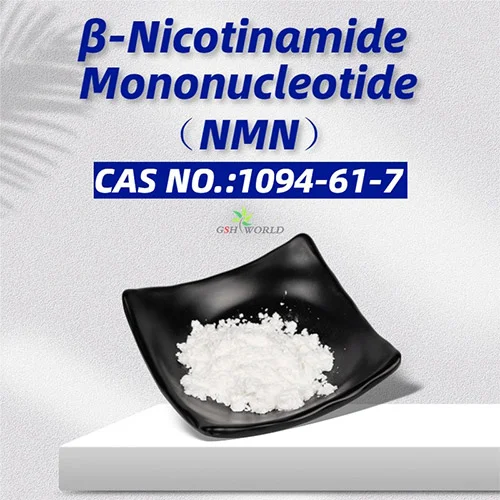NMN significantly attenuates IgE-mediated allergic responses
Allergies, I believe everyone is familiar with them, the common ones are pollen allergies, seafood allergies, and drug allergies. With the rapid development of social economy, allergies, as a "disease of civilization", have become more and more common. According to statistics, in 2020, 19% of adults and 11% of children in the United States suffer from at least one food allergy. Just 10 years ago, only 13 percent of adults had food allergies.
Allergies may cause skin itching, rhinitis, asthma, etc., and may even lead to death. In allergic reactions, there is an important sign, that is, the activation of mast cells mediated by IgE. Mast cells are located in connective tissue, and there are FcεRI receptors with high affinity for IgE on the cell surface. When encountering an allergen, the IgE antibody will bind to the FcεRI receptor and release a large number of inflammatory mediators, including β-hexosaminidase, Histamine, proteases and inflammatory cytokines, cause allergic symptoms.
For allergic diseases such as urticaria, allergic rhinitis, hay fever, allergic asthma and anaphylactic shock, there is currently no particularly effective treatment at home and abroad, and prevention is still the main focus. Treating allergies has always been a thorny problem, until recently, a study from South Korea has brought a glimmer of hope for the treatment of allergies.
Previous animal studies have shown that the NAD+ precursor nicotinamide can inhibit the release of the pro-inflammatory protein histamine, which seems to tell us that increasing NAD+ levels may inhibit the release of histamine, thereby reducing allergic reactions. Following this line of thought, Korean scientists chose NMN and NR, which are the most effective in increasing NAD+ levels, to conduct experiments, and found that both NMN and NR can significantly attenuate IgE-mediated allergic reactions, and this effect may be related to the activation of Sirt6. The research results were published in the top journal "Theranostics".
In vitro experiments
In order to clarify whether NAD+ precursor can inhibit mast cell degranulation, the research team divided all the selected mast cells into three groups, treated them with control carrier, NMN and NR in advance, and then stimulated the mast cells of each group with silver, and measured the stimulation The levels of NAD+ and inflammatory mediators in each group before and after.
Figure A showed that the NAD+ level of mast cells not treated with NMN or NR decreased significantly after being stimulated, while the NAD+ level of mast cells treated with NMN and NR was comparable to that before unstimulated, or even slightly higher.
Figures B and C show that the levels of inflammatory mediators such as β-hexosaminidase and histamine in stimulated mast cells were significantly increased, while the NMN and NR groups significantly inhibited this increase, and the inhibitory effect of NMN was stronger , supplementary experiments also found that this inhibitory effect was concentration-dependent.
At the same time, a series of inflammatory mediators related to allergic reactions in mast cells were significantly increased after stimulation, and the increase of these inflammatory mediators could be significantly inhibited by NMN or NR treatment. It is worth noting that the inhibitory effect of NMN is stronger than that of NR.
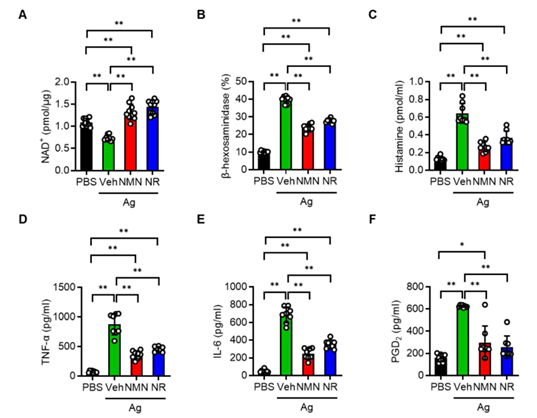
NAD+ and inflammatory mediator levels of mast cells in each group after stimulation
Animal experiment
In vitro experiments have confirmed that NAD+ precursors can inhibit the activation of mast cells, a key marker of allergic reactions. The researchers decided to go a step further, from in vitro to in vivo, and began to study whether supplementing NMN and NR could prevent mast cell-mediated allergic reactions in mice. . Since the inhibitory effect of NMN is better, scientists first choose NMN for experiments.
The researchers divided the mice into two groups, injected normal saline and NMN (at a dose of 100mg/kg) for 3 days, and then sensitized them with IgE antibodies. After the third injection of NMN, 24 hours later, the mice began to be allergic .
As in the in vitro experiments, the researchers measured the NAD+ levels and inflammatory mediator levels in serum and mast cells before and after allergy in mice, and found that NMN supplementation significantly increased the NAD+ levels in serum and mast cells, and also significantly inhibited the levels of inflammatory mediators .
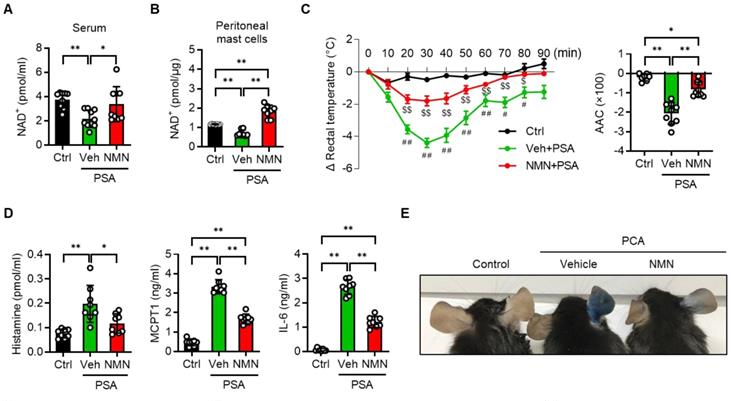
NAD+ and inflammation levels and related indicators of allergic symptoms in mice after NMN treatment
The allergic symptoms of mice are mainly ear swelling and body temperature drop. The researchers found that NMN can effectively reduce ear swelling and body temperature drop caused by allergies. These results suggest that NMN supplementation can indeed reduce allergic symptoms.
*Special note - This article is for informational purposes only and cannot replace a doctor's treatment diagnosis and advice. It should not be regarded as a recommendation or proof of efficacy of the medical products involved. If it involves disease diagnosis, treatment, and rehabilitation, please be sure to go to a professional medical institution to seek professional advice.
PREVIOUS: Glutathione helps with oxidative stress in diabetes
NEXT: Exogenous citicoline can be used as an exogenous source of choline
by GSHWORLD
GSHWORLD is China Biological API Manufacturer. China NMN Supplements powder suppliers & best NMN benefits raw material Factory.

